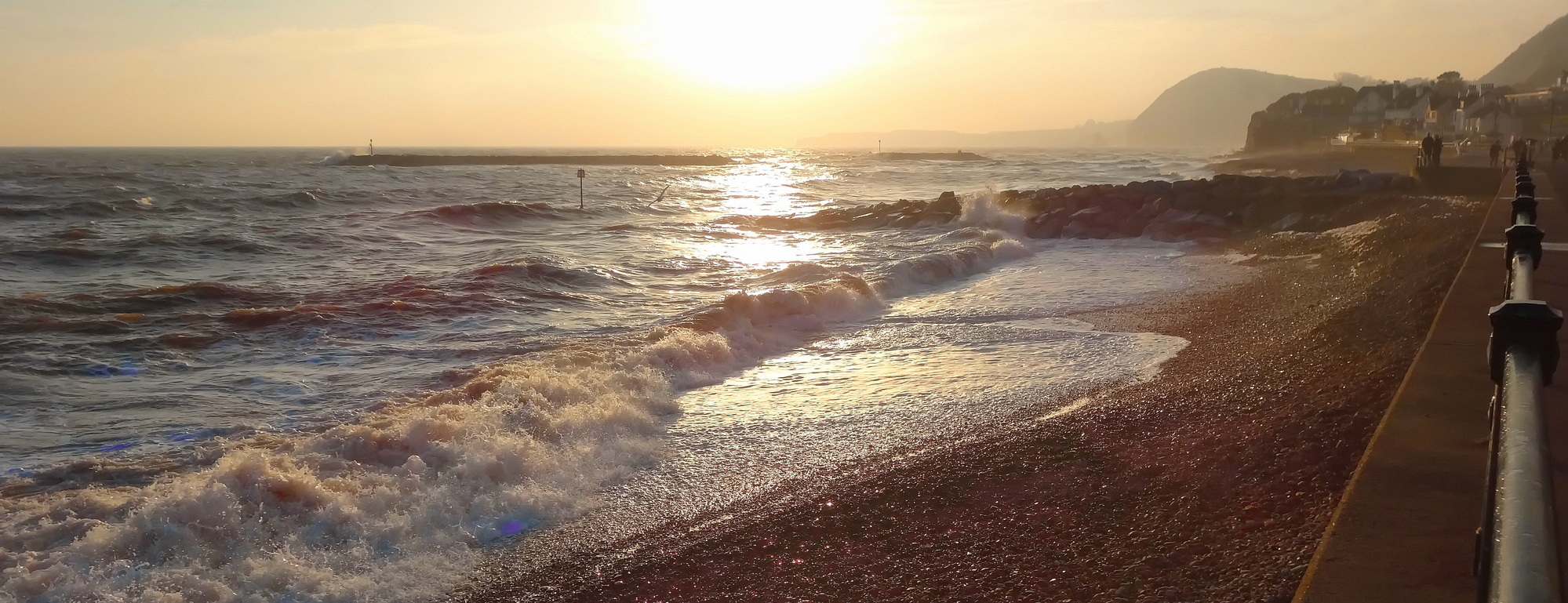Solarpunk seems to be getting everywhere – and it seems to appeal to all generations.
Whether it’s the solarpunk graphic novel or street art to brighten up people’s days, whether it’s the international reach of solarpunk or an alive and thriving effort in communities around the world, the movement is sufficiently wide to be able to appeal to many.
Here’s the opening and close to a piece from The Boar, the University of Warwick’s award-winning student newspaper on the solarpunk art movement: Cyberpunk’s joyful counterpart:
The term ‘solarpunk’ may mean a great deal of different things to different people: to some, it suggests a consumerist, aesthetic-obsessed Pinterest board filled with solar panels and meadows. To others, it may be a painting or drawing inspired by Art Nouveau visuals, or quite simply, a hand-sewn, sustainably sourced shirt. In the modern day, these all make up the essence of the solarpunk movement.
YouTuber Andrew Sage, also known as Andrewism or Saint Andrew, offers a short explanation of the movement on his second channel, Extra Andrewism. Sage is an adherent to solarpunk in all its forms, art as well as philosophy. His yearly solarpunk collaborative art projects provide, in the true spirit of solarpunk’s collectivist ideals, a community-sourced showcase of what solarpunk art can be. The 2025 edition ranges from community-rich cityscapes full of natural earth tones and joy, to landscapes dotted with wind farms, from imagined flyers in a solarpunk community to the insides of what public libraries could become in such a future.
Architect Vincent Callebaut, while not defining himself as a solarpunk, works in a similar way to many who embrace the movement. His work incorporates greenery, bioclimatic rules, and renewable energy, coining his approach as the ‘Archibiotect’. This connection to natural forms in solarpunk originated, however, with some of its earliest conceptions and the Art Nouveau style…

The solarpunk genre is still growing and still forming as an established movement. Many old works, such as Ursula K. Le Guin’s ‘The Dispossessed’, can be seen as aligning with solarpunk, and new works continue to come out of communities like that of Andrew Sage. Given time, this optimistic vision of a peaceful, sustainable, post-capitalist utopia could grow in strength, and maybe, one day, come to fruition.
…
